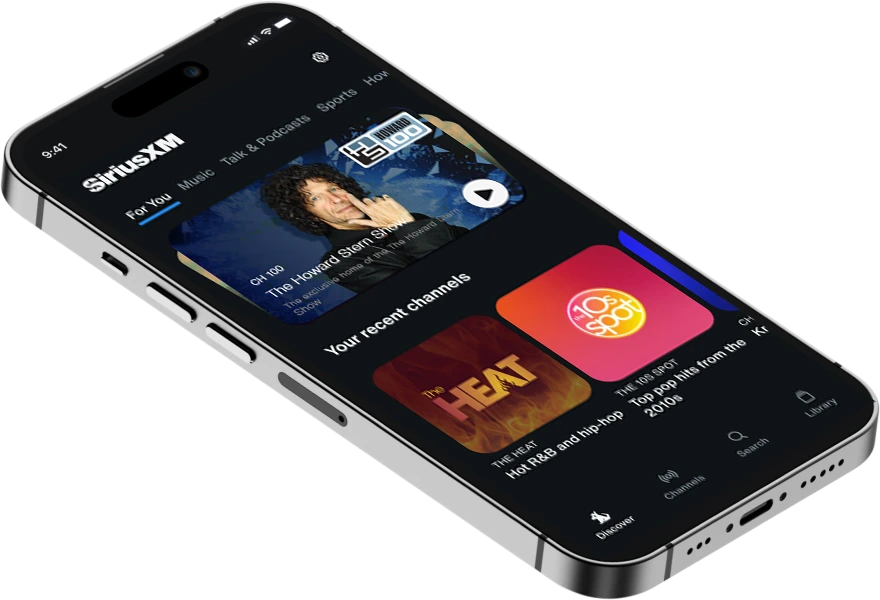#FlashbackFriday: The day Jackie Robinson changed baseball
In the 1940s, Brooklyn Dodgers president and general manager Branch Rickey began scouting the Negro leagues for potential additions to his roster. Among the promising young Black players, one stood out above the rest: Jackie Robinson. It took more than … Continued
In the 1940s, Brooklyn Dodgers president and general manager Branch Rickey began scouting the Negro leagues for potential additions to his roster. Among the promising young Black players, one stood out above the rest: Jackie Robinson. It took more than Robinson’s skill on the diamond to convince Rickey to sign him to the team’s International League farm club, the Montreal Royals, because Robinson actually wasn’t the best player in the Negro leagues. Players like Josh Gibson and Satchel Paige were definitely better players. But Rickey also needed assurance that Robinson would be able to endure the inevitable racial abuse he’d receive.
In a now-famous exchange, Robinson posed Rickey with a question: “Are you looking for a Negro who is afraid to fight back?” Rickey responded by saying he needed a Negro player “with guts enough not to fight back.”
After some contemplation, Robinson agreed to turn the other cheek and Rickey signed him to a contract and on October 23, 1945 announced his assignment to the Royals for the 1946 season. His presence at spring training in Daytona Beach, Fla. caused controversy in the racially-charged city. Robinson had to stay at the home of a local Black politician as he wasn’t allowed to stay at the team hotel. With no Dodgers spring training facility, local administrators closed stadiums and forced the team to cancel any games involving Robinson. It took a ton of lobbying from Rickey to local officials to allow the Royals to host a game at Daytona Beach.
Robinson had a rough start to his spring training season, but after a switch from shortstop to second base his performance bounced back and he led the International League with a .349 batting average and earned MVP honors. He won over the Montreal fan base with his performance and constantly drew large crowds to his games, whether they were there to cheer or jeer him.
Six days before the 1947 season, the Dodgers called up Robinson to the major leagues. On April 15, 1947, Robinson officially broke baseball’s color barrier and made his major league debut at the age of 28 before a crowd of 26,623 at Ebbets Field, including over 14,000 Black spectators. Fans began abandoning their Negro league teams to see Robinson when the Dodgers came to town. Robinson finished the season playing 151 games with a .297 average, 175 hits, 125 runs, 12 home runs and a league-high 29 stolen bases to earn the inaugural Major League Baseball Rookie of the Year Award.
Robinson faced racial tension from opponents, as expected, but also from teammates as well. Some Dodger players threatened to sit out rather than play alongside a Black man. Brooklyn manager Leo Durocher put all of that to rest when he declared to his players, “I’m the manager of this team, and I say he plays. What’s more, I say he can make us all rich. And if any of you cannot use the money, I will see that you are all traded.” Some opposing players, most notably the St. Louis Cardinals, threatened to strike if Robinson played, but National League president Ford Frick and MLB commissioner Happy Chandler declared that any striking players would be suspended. Robinson was subjected to rough physical play and racist taunts from his opponents, which only united the other Dodger players to rally behind him. During a game in Cincinnati in 1948, teammate Pee Wee Reese once put his arm around Robinson in response to fans shouting racial slurs at Robinson in what is now a famous photo that was turned into a statue in 2005.
By 1948, racial tension eased as other Black players entered the majors. Larry Doby broke the color barrier in the American League in July 1947, playing for the Cleveland Indians. Satchel Paige also played for Cleveland, and the Dodgers had three other Black players besides Robinson. Robinson was a much improved player in 1949, batting .342 with 124 RBIs, 122 runs and 37 stolen bases to earn the NL MVP. He was also voted in as a starter for the 1949 All-Star Game, the first to include Black players. Robinson helped lead the Dodgers to six National League pennants, and finally got the lone World Series win of his career in 1955. He retired at the end of the 1956 season at the age of 37 with six All-Star appearances and a .311 career batting average. He was elected into the Baseball Hall of Fame on the first ballot in 1962, becoming the first Black player inducted into Cooperstown.
Robinson’s legacy still lives on today. His jersey No. 42 was universally retired in 1997 by the MLB, with Mariano Rivera as the last player ever to wear the number. April 15 is now known as Jackie Robinson Day where every player on every team wears No. 42. Multiple film, television and stage portrayals of Robinson told his story, most recently 2013’s 42. Robinson passed away on October 24, 1972 after suffering a heart attack.
“I’m not concerned with your liking or disliking me … all I ask is that you respect me as a human being.” -Jackie Robinson

Music, Sports, News and more
All in one place on the SiriusXM app


